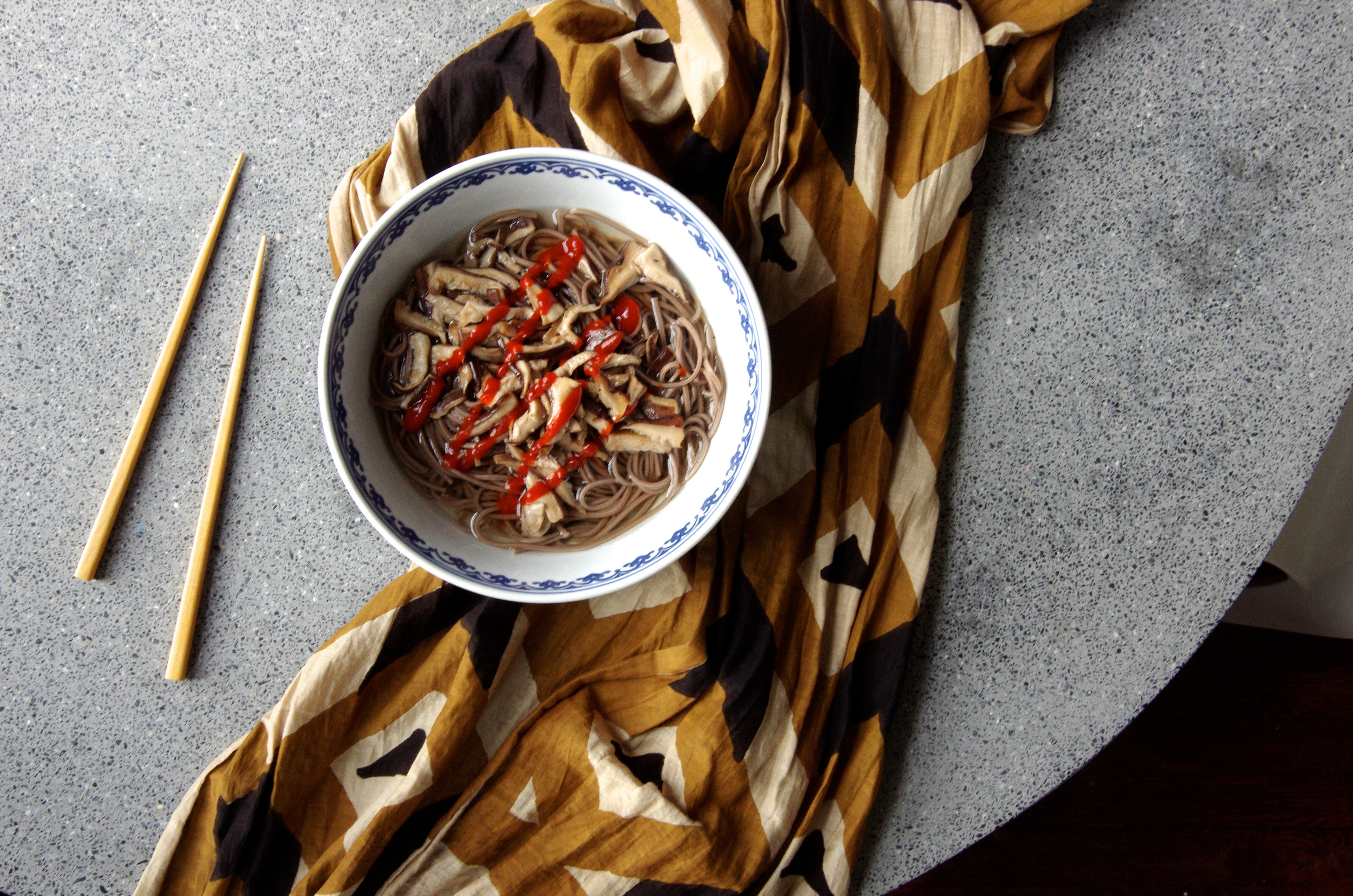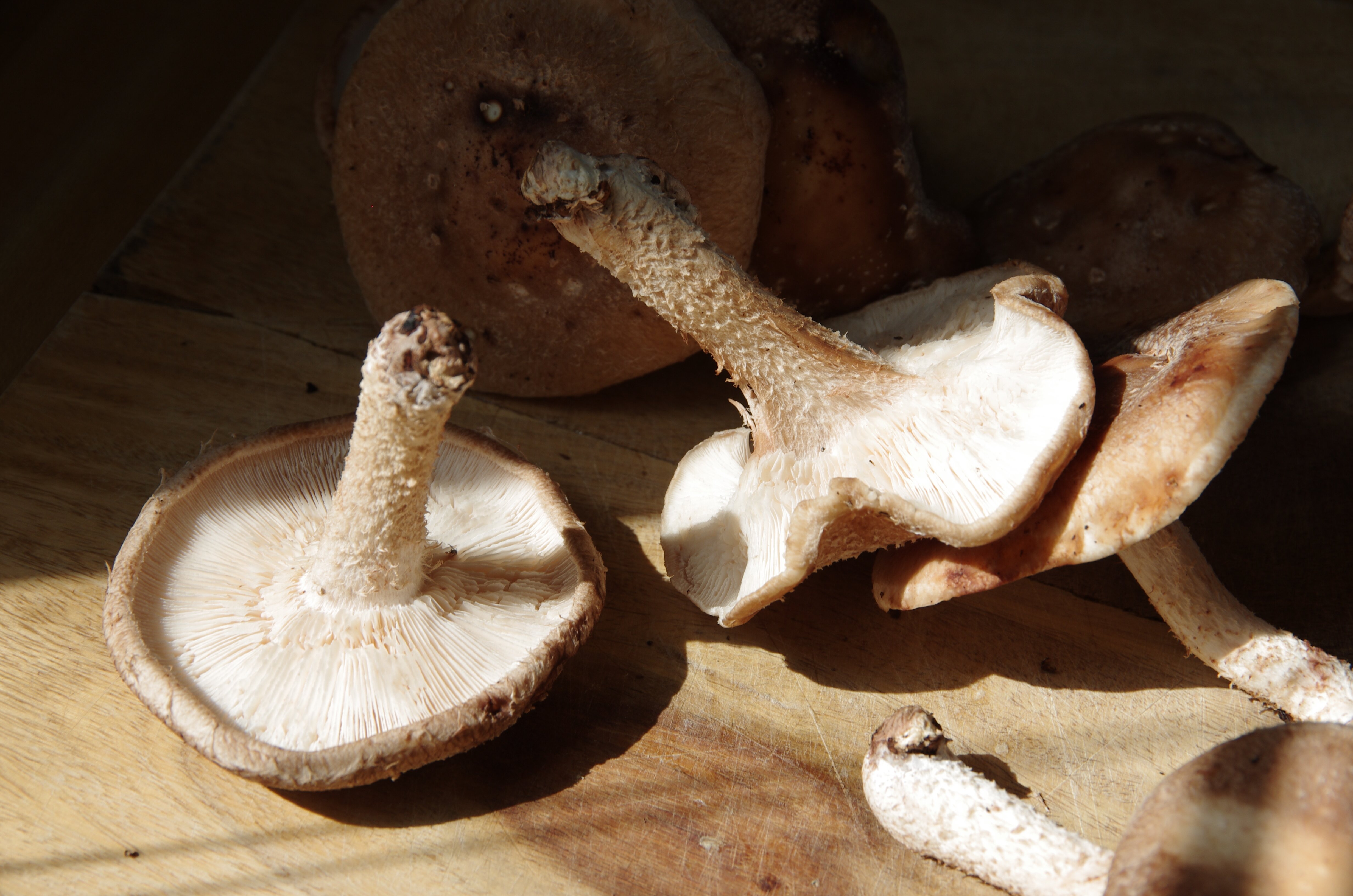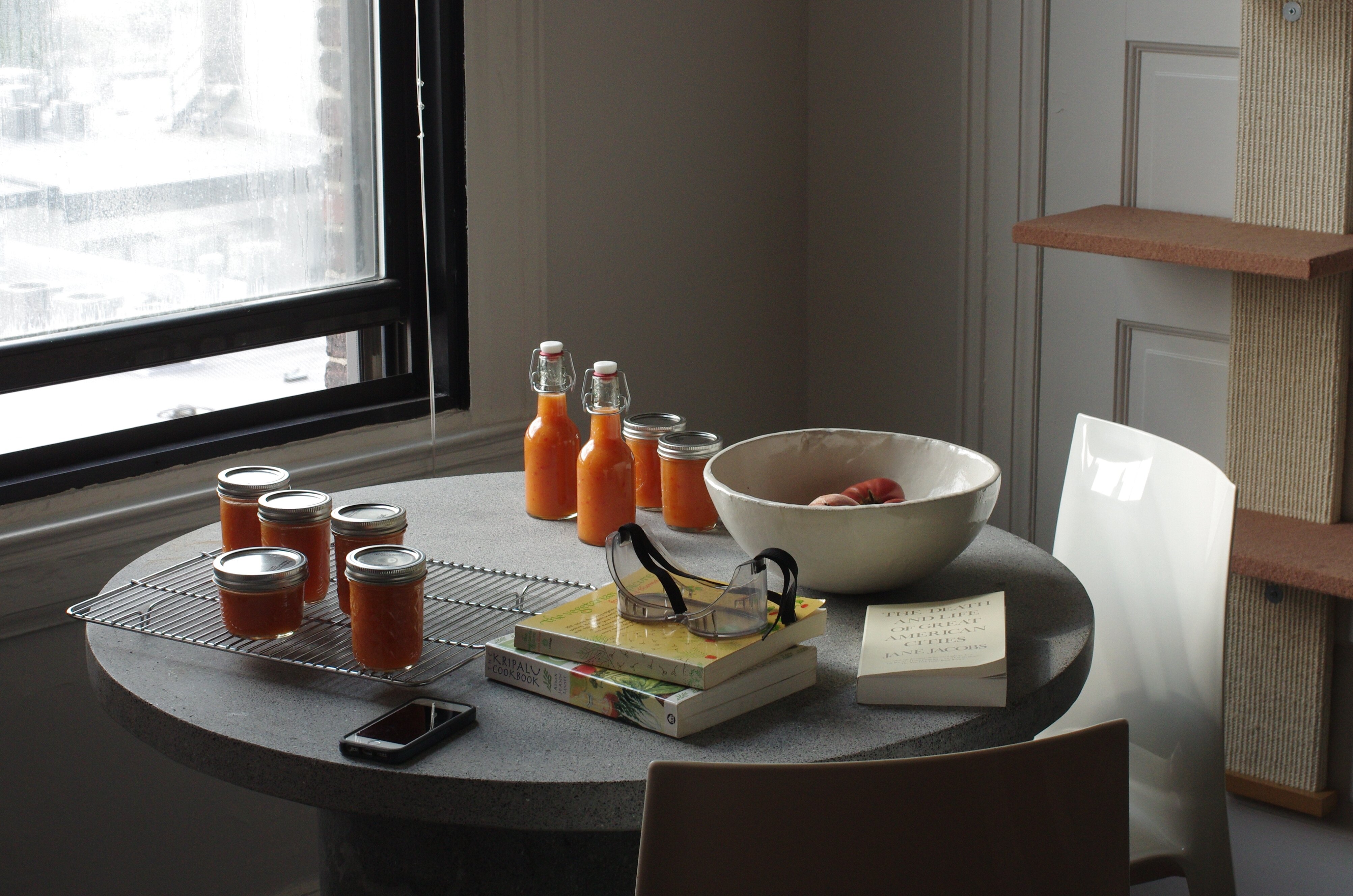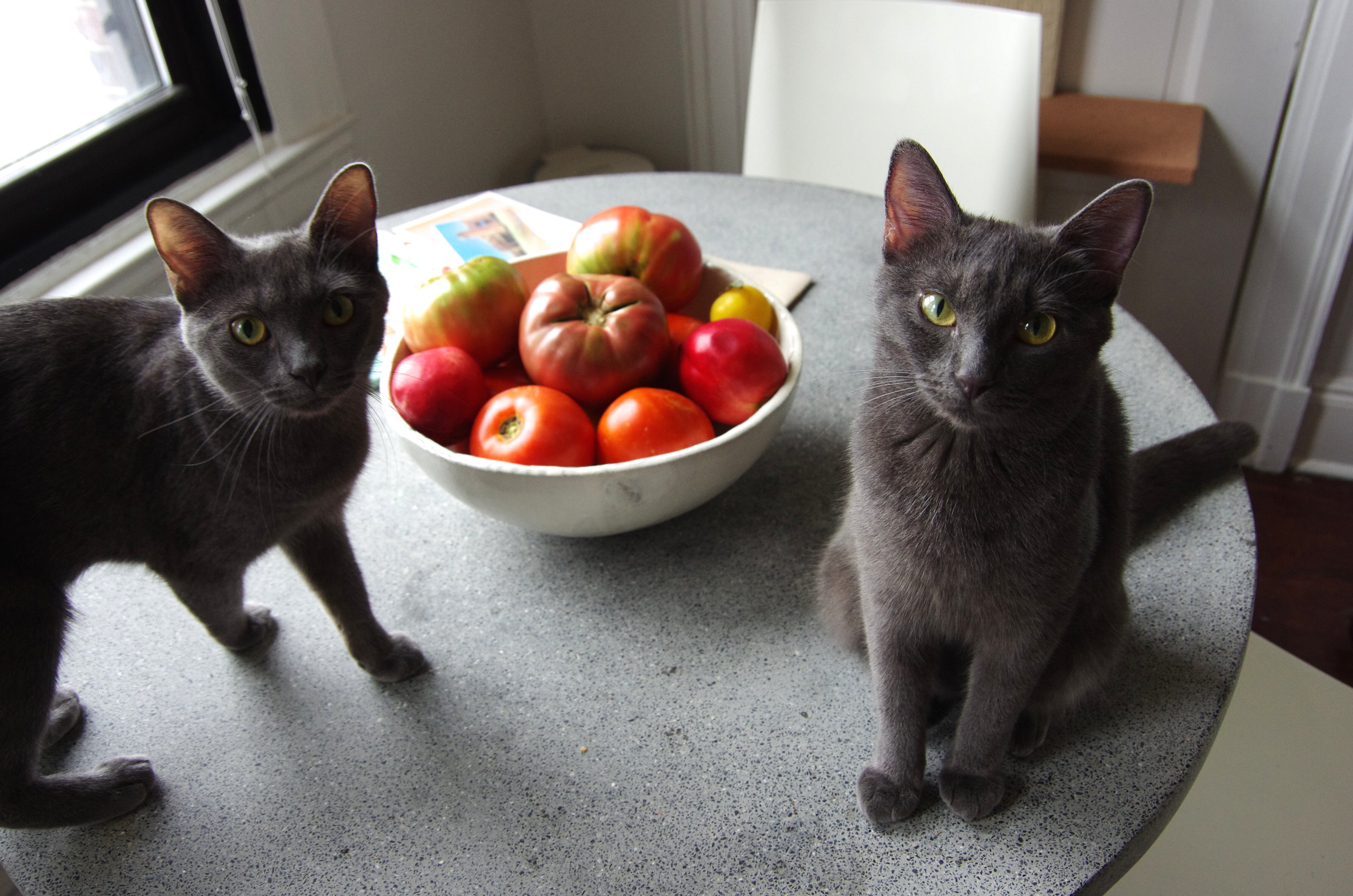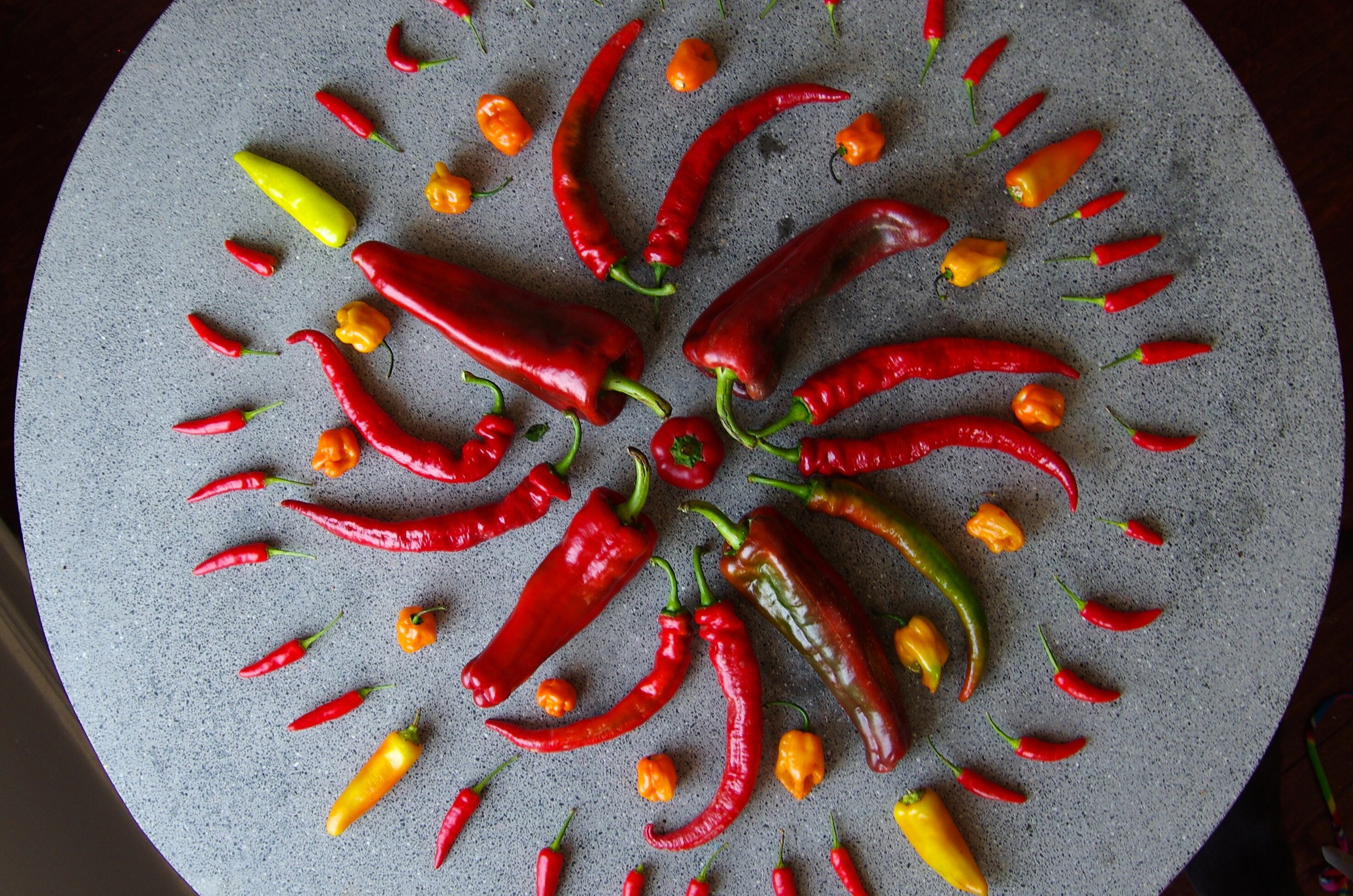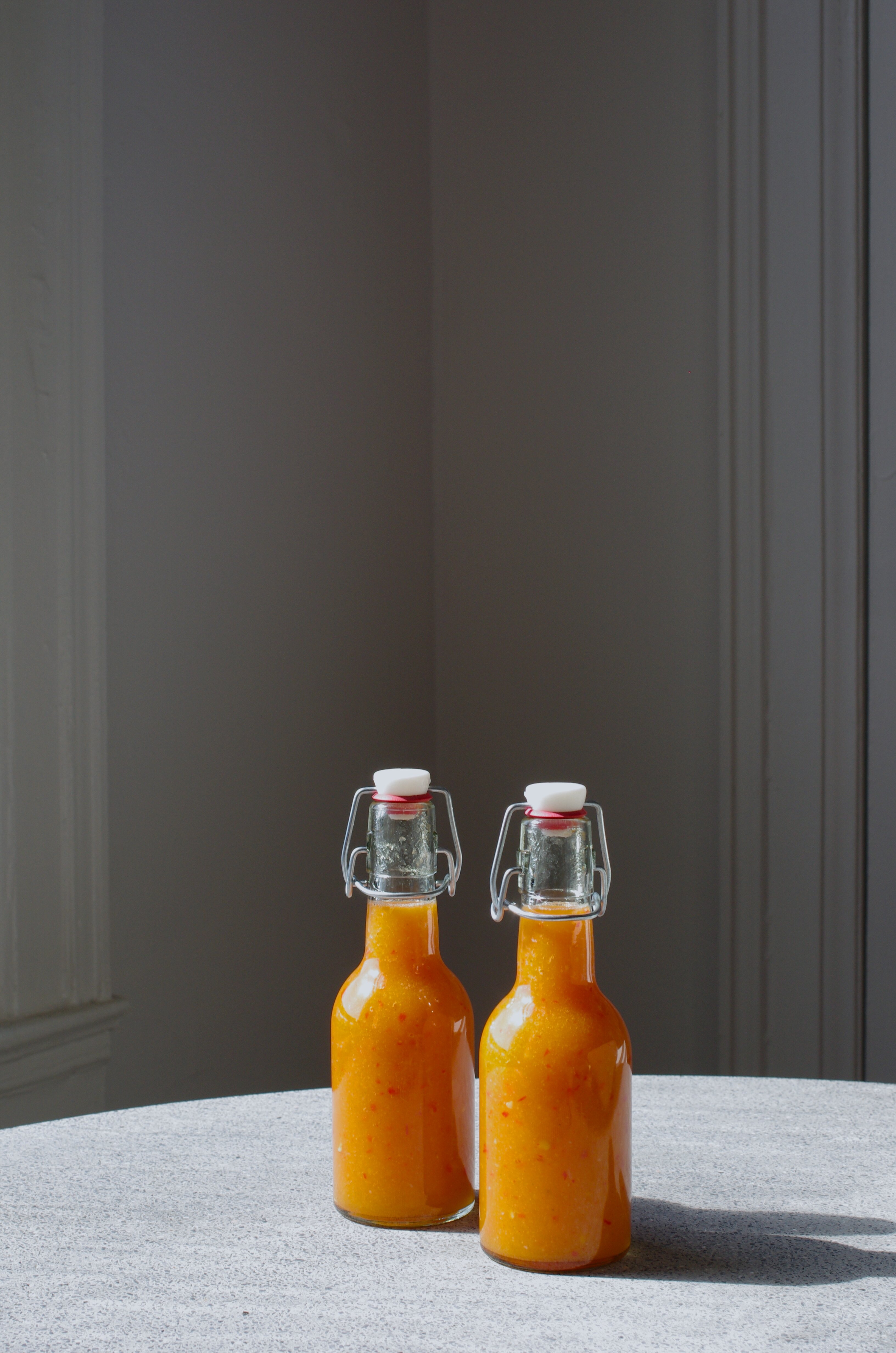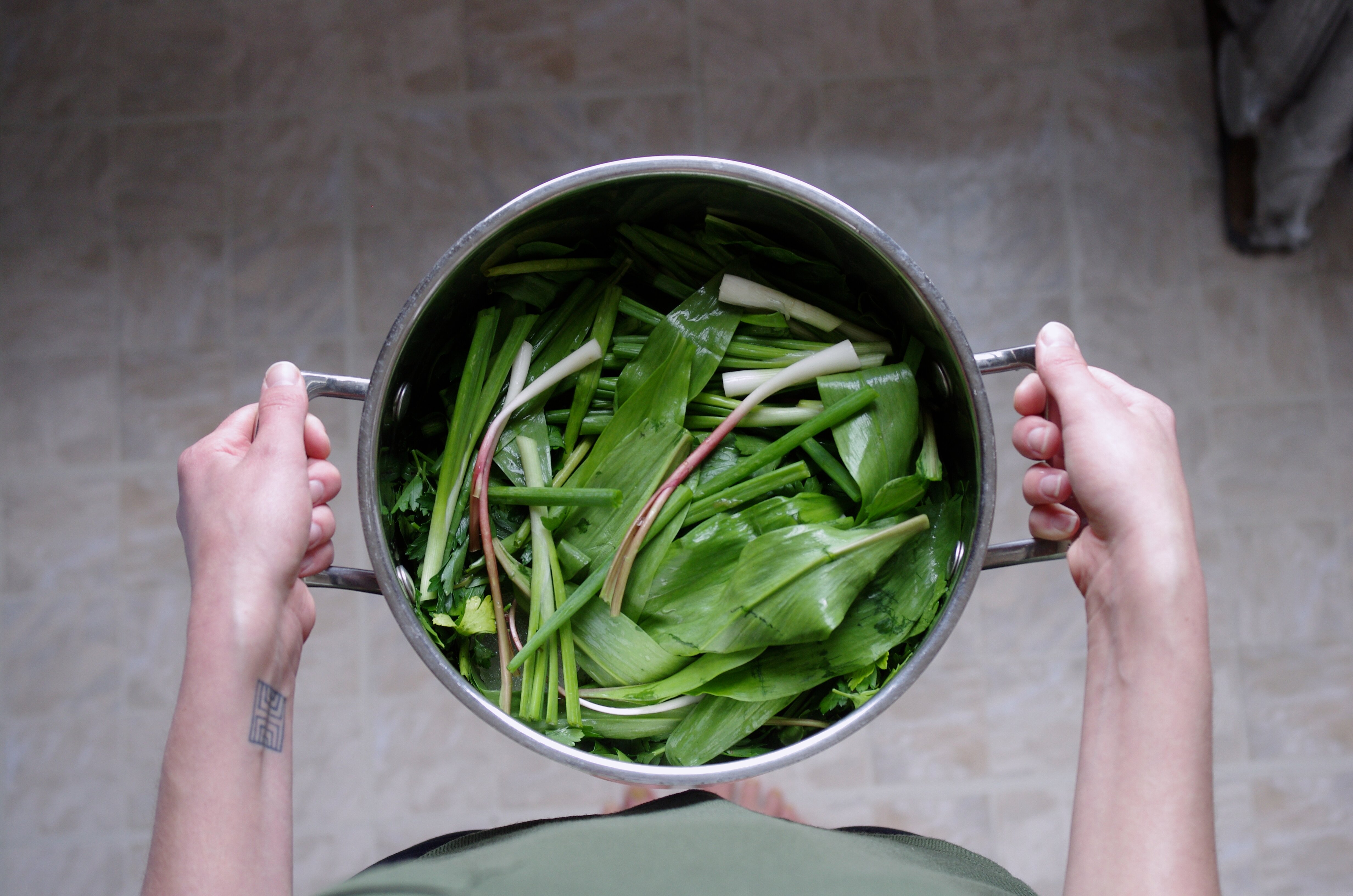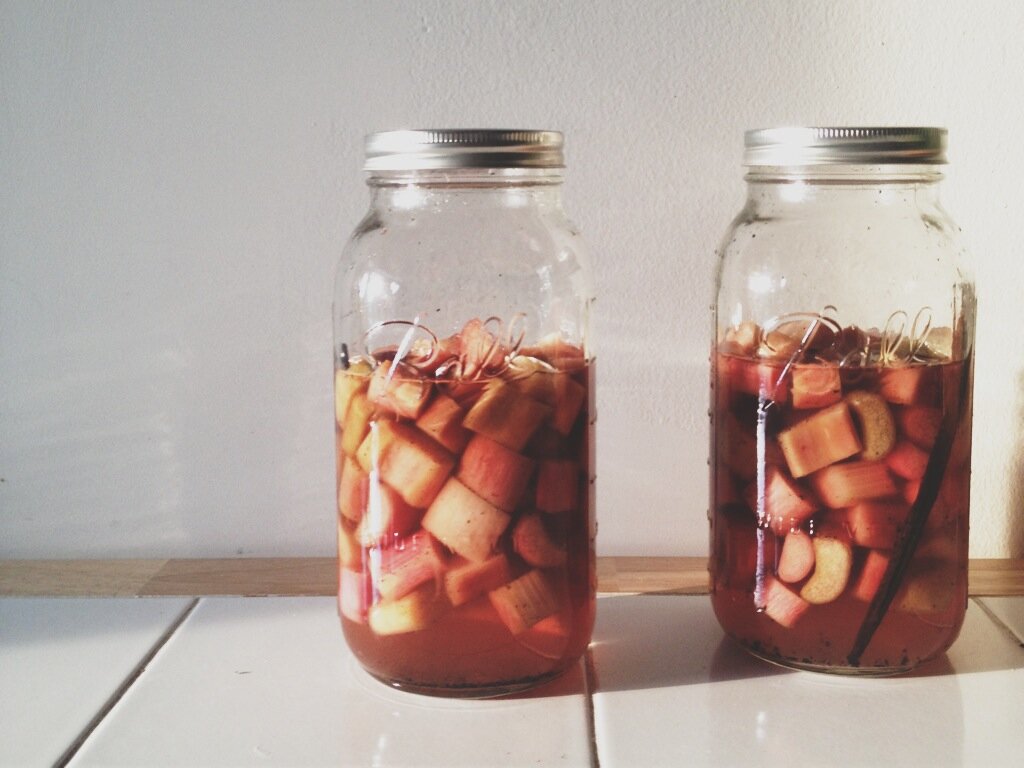Meg Wachter, a Brooklyn-based photographer, cycling activist, and all-around Renaissance woman is the kind of person who gets stuff done. In my experience, this kind of person is a rare breed. It’s all too common for someone to have good ideas and to pass them around or sit on them, never letting them come fully to life. It takes a different person all together to actually make them happen. That’s Meg.
In 2009, Meg started the Brooklyn Skillshare, a community-based, community-led, and community-building series of learning events organized and taught by Brooklyn residents. They’ve hosted classes ranging from basics of lacto-fermentation, Japanese bookbinding, intro to juggling and how to reclaim vacant public land.
Later that same year, Meg and her friend Andrea Cheng started up the Got a Girl Crush blog, a Tumblr featuring crush-worthy babes across time and place. The blog evolved into a magazine, which just released its gorgeous third annual issue.
Meg and I met through Instagram, and immediately connected over our mutual obsession with Iceland and Björk, DIY projects (she BK Skillshare and me DC Food Swap), and feminist attitudes. She generously agreed to be interviewed about her work and Got a Girl Crush. You can also find her on , , and and be sure to check out all of the Got a Girl Crush swag in their online shop too. Enjoy!

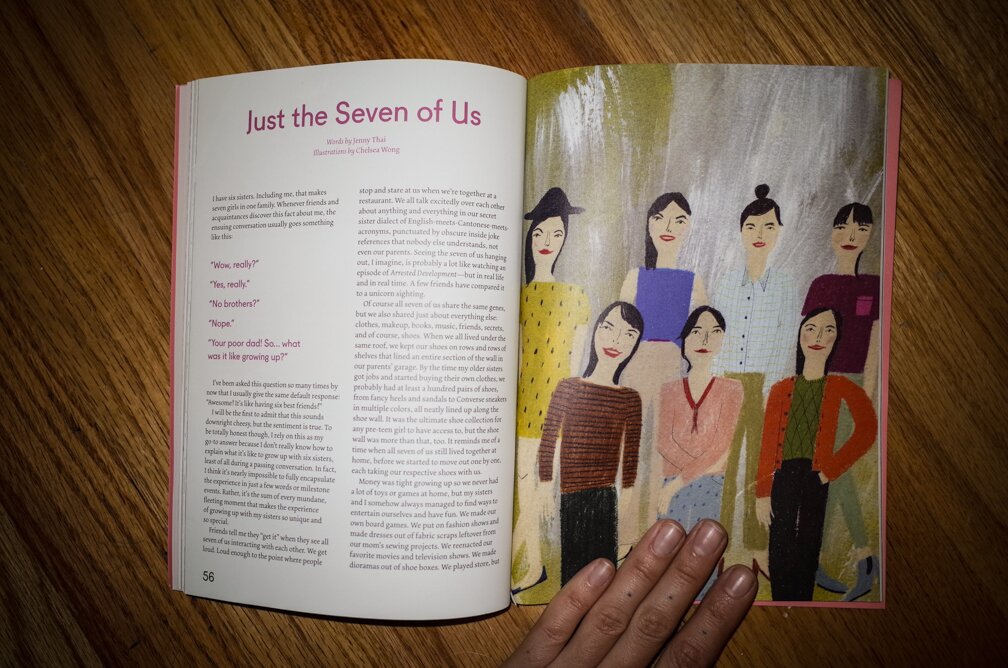
photo by Meg Wachter
How were you first introduced to photography, and how did you know this was something you wanted to pursue?
I have it in my blood. My great grand-father owned a professional photo studio in Jamaica, Queens and to say my grandfather was was a hobbyist is definitely an understatement – but I’m sad to say that the first I expressed any interest in photography was in taking a high school basic photo class because of a cute boy. I will always have a fondness for toiling in the darkroom (even though most of those chemicals cause alzheimer’s), listening to my portable discman (am I dating myself now?), and learn about dark and light. And eventually without an clear idea of “what I wanted to be when I grew up,” I applied to the School of Photojournalism program at Ohio University to which I was denied admission. But, I wouldn’t take rejection as a definitive and took all coursework required for the program anyways and reapplied after my Freshman year when I had a better understanding of my own style. I was accepted to the School of Visual Communications by a slim margin and worked hard to prove my mettle. Photography is something that still excites me even in the age where everyone’s a photographer (i.e. Instagram), and it really helped me come out of my adolescent shell and truly meet people.

photography by Meg Wachter, Iceland

photography by Meg Wachter, Iceland

photography by Meg Wachter, Iceland
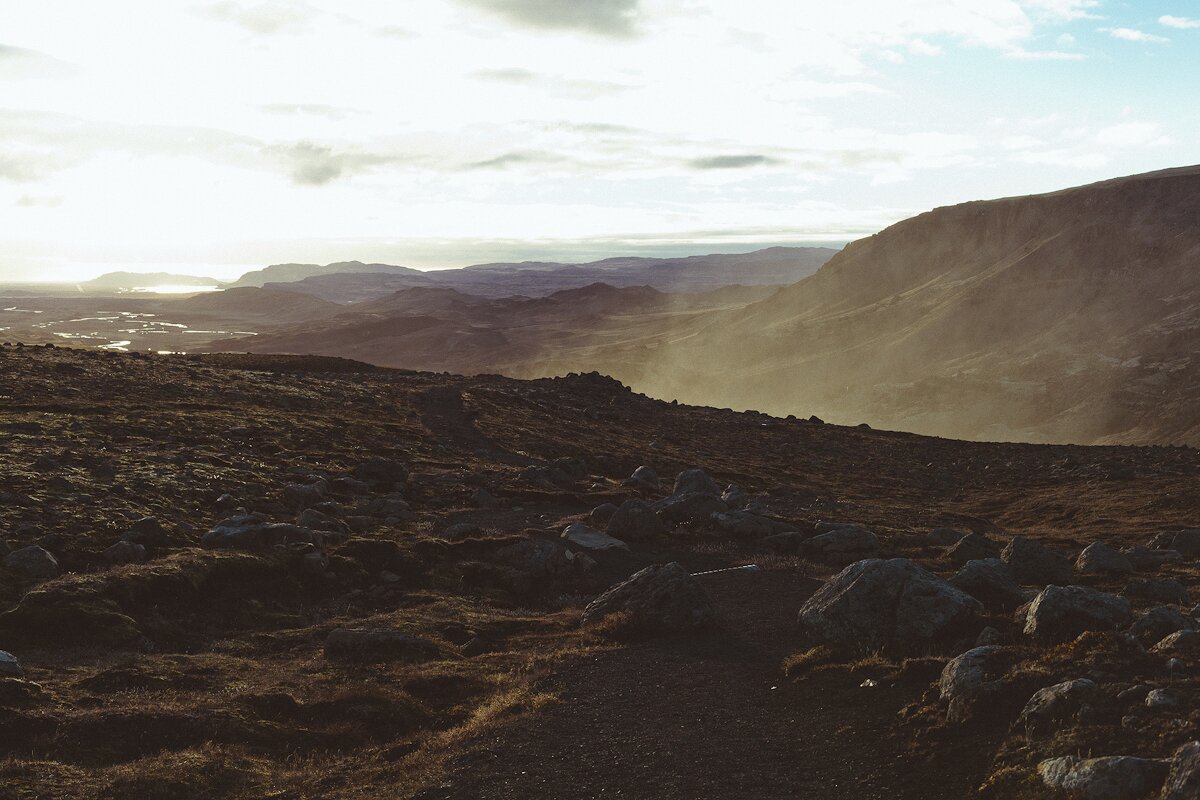
photography by Meg Wachter, Iceland
How did the Got a Girl Crush magazine begin? How has it evolved over time?
Got a Girl Crush the blog started in 2009 when Andrea and I met through TUMBLR somehow. I started reblogging all her amazing mixes she’d post and vise versa and we finally became email pen pals. I called her my West-coast-taste-twin. My OG internet girl-crush. Emails led to a mutual catch-all blog where we’d express our adoration for other amazing ladies (like Carol Channing and Yookoo and the Guerrilla Girls). There’s enough societally forced competition between women out there and we really just wanted a positive place for some serious shine theory.
In its infancy, the blog was spontaneous and informal, but working as a freelance photographer with lots of free time on her hands from time to time, saw an opportunity to make something more of it. So that’s when we rounded up gals to photograph, illustrate, and interview for the first print issue in 2011. I personally saw it as a means to approach other women who I admired and also secretly hoped to be friends with (and as it turns out, have befriended quite closely a few ladies who I’ve met through the magazine and for this I am forever grateful).
Issue 1 was print-to-order through an online third-party which was perfect as a no-cost way for us to start. The second issue we funded out of our own pockets. It was a deeply imbued learning experience, littered with the trials and tribulations of distributing small-batch print in a digital age, but I’m happy to report that print is NOT dead! And that was definitely made apparent when we rallied our friends, family and readers to help us get our third and newest issue to print through an overly successful Kickstarter campaign. This third issue (designed by the über talented Celeste Prevost) has by far felt like our most legitimate effort. And you better believe I’m already working on a wish-list for the fourth issue.
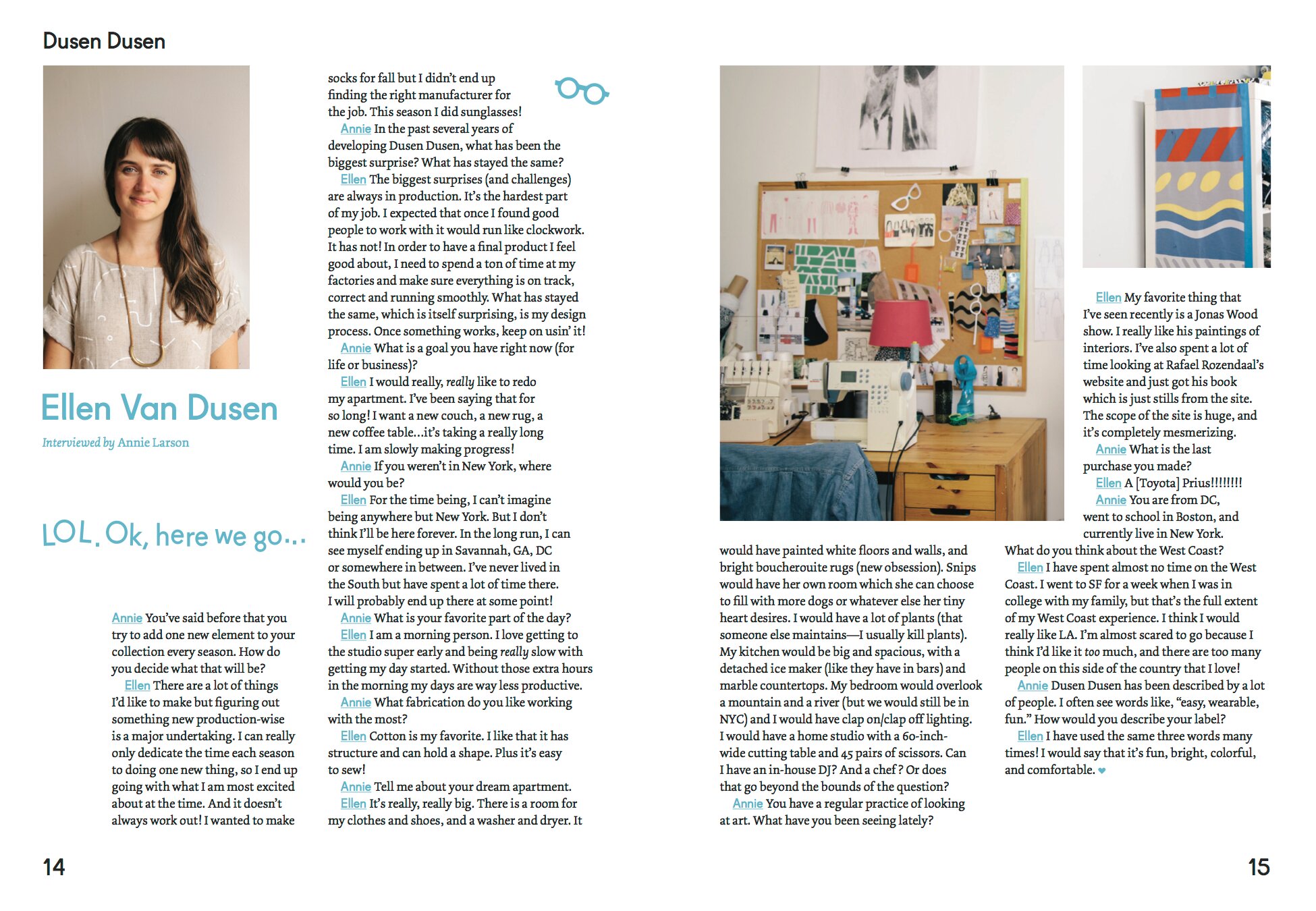
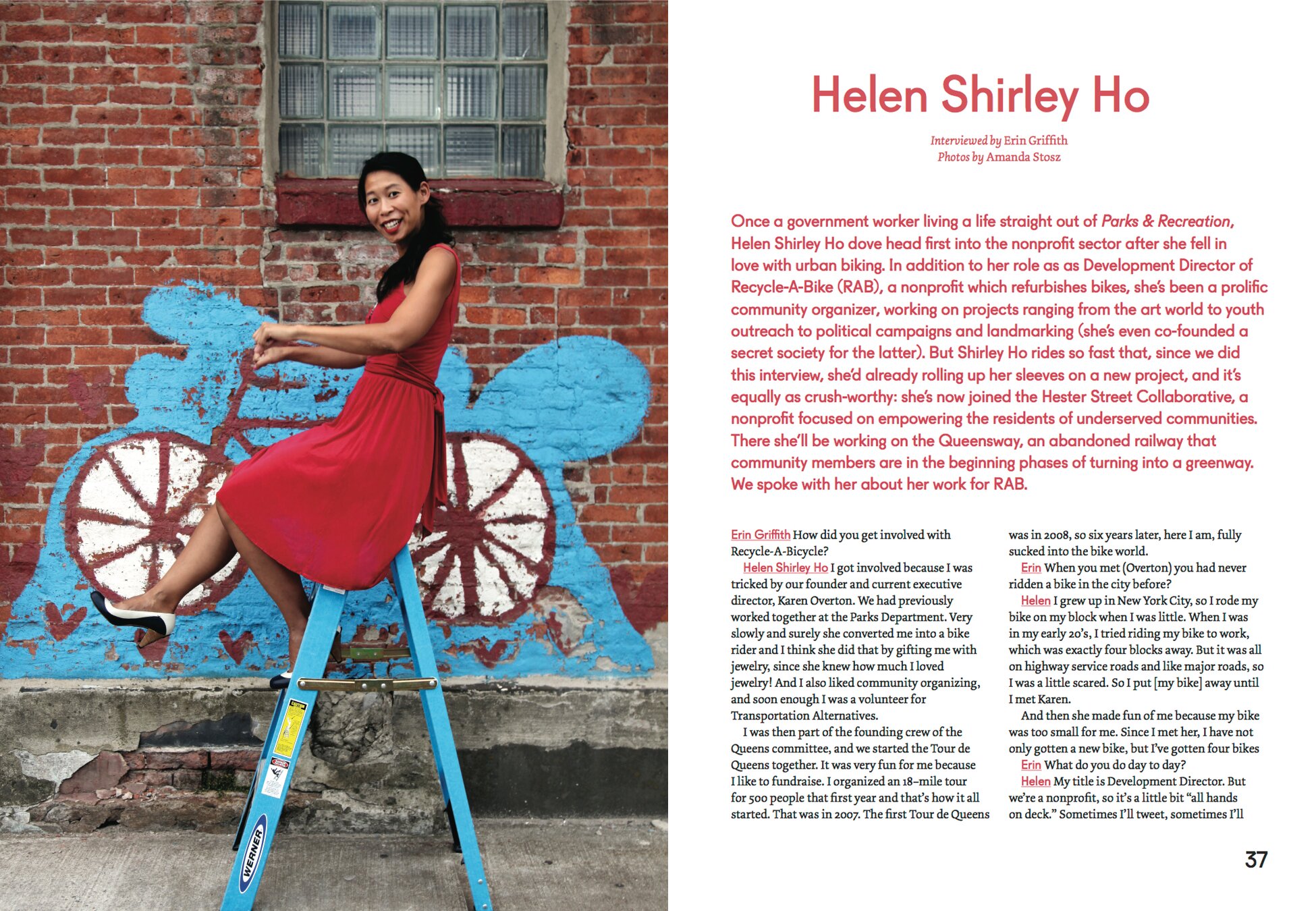
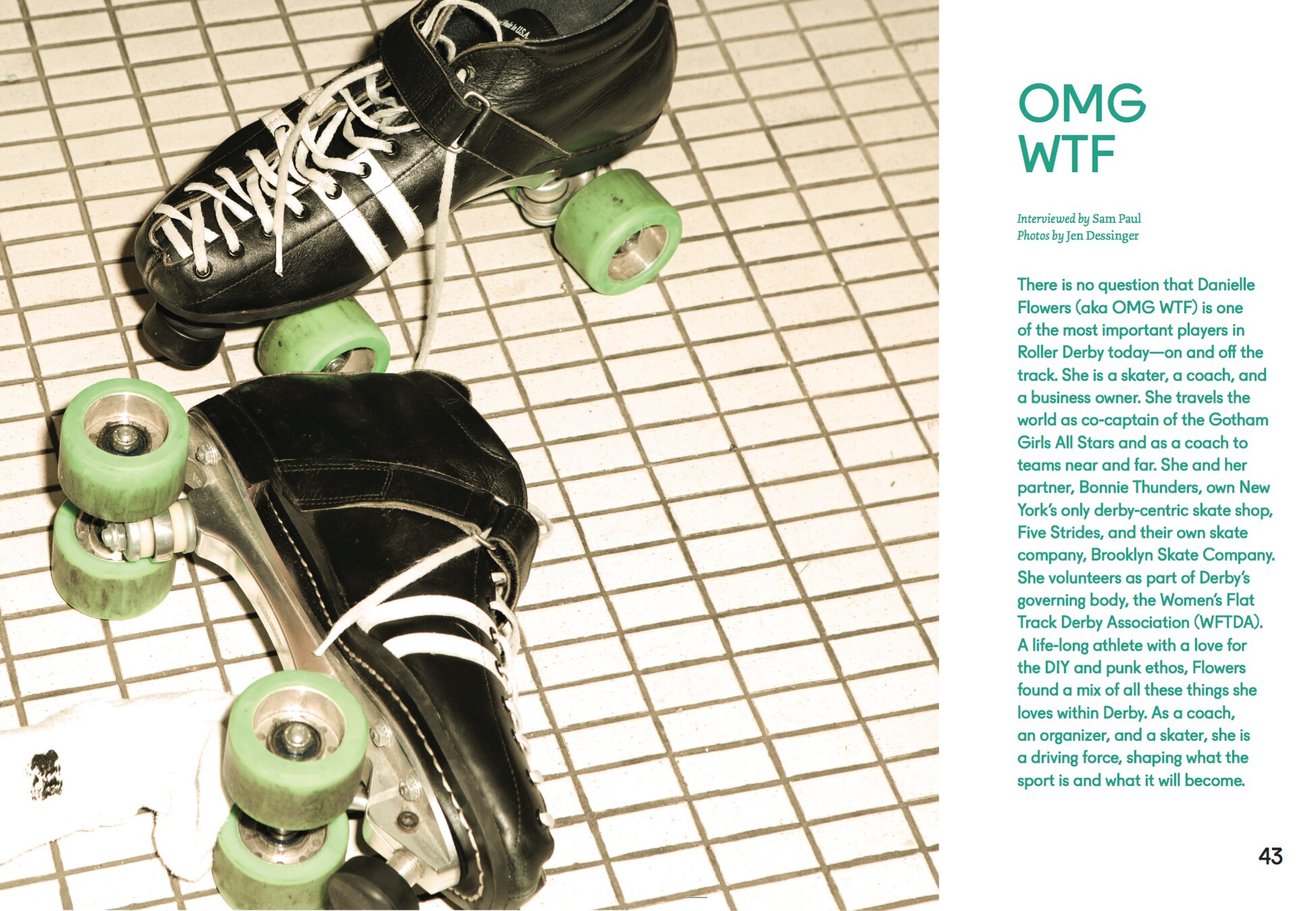
Describe your creative process in developing each issue. What does each step along that process look like?
It’s always started with a list. Who we’re currently crushing on, life-long crushes, who’s work we admire. And we just ask these women to be involved. We have nothing to lose and everything to gain. Johanna Fateman (of riot grrrl zines and Le Tigre fame) was in our second issue and I got to meet and photograph her. Teen dream come true! Mary Roach (humorous science author) was in issue three. Amazing. I help cultivate this magazine and I still can’t get over some of these seriously notable women who agree to be in our humble little rag. But also getting the chance to pair friends and other creatives together to interview or document each-other is super fun. Since everyone is donating their times and talents to make this thing happen (all funding goes back into printing the next issue, we really make zero dollars off of this thing), and we all have other full-time jobs, the overall process takes about a year to suss out.

How has living and working in New York had an impact on your work?
I’m almost at my 10 year mark in this city, which blows my mind a little. As far as photography, you’ve got to stay on top of being creative. Especially with the advent of the internet, the saturation rate of who’s done what already can be terribly intimidating to generating original ideas. It has been a love/hate relationship and a constant test as well as validation. I try to stay unjaded (which is hard the older I get and longer I live here) and present to the fact of the glorious diversity and history of this city, while remaining aware of the world outside this bubble of an island. But, in contrast, for the magazine it has been an endless source of inspiration. It has connected me and inspired me and given me the most supportive chosen-family any woman could ask for. I am lucky.
Which artists have inspired your work in some way?
Nan Goldin, Cindy Sherman, Diane Arbus – all for sense of use of light and subject matter and for using the camera as a voice. And Jenny Holzer for putting it out there.
How about your top girl crush?
Björk. No question.
What are you working on now, and what’s next?
I’m currently planning a trip to Japan for next year (a lifelong dream), scheming the future of GAGC and planning out issue 4 of the magazine, and also working on a super secret public art project with my partner Dan hopefully out in spring of 2015!















